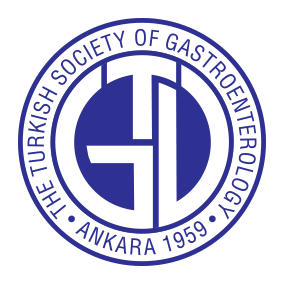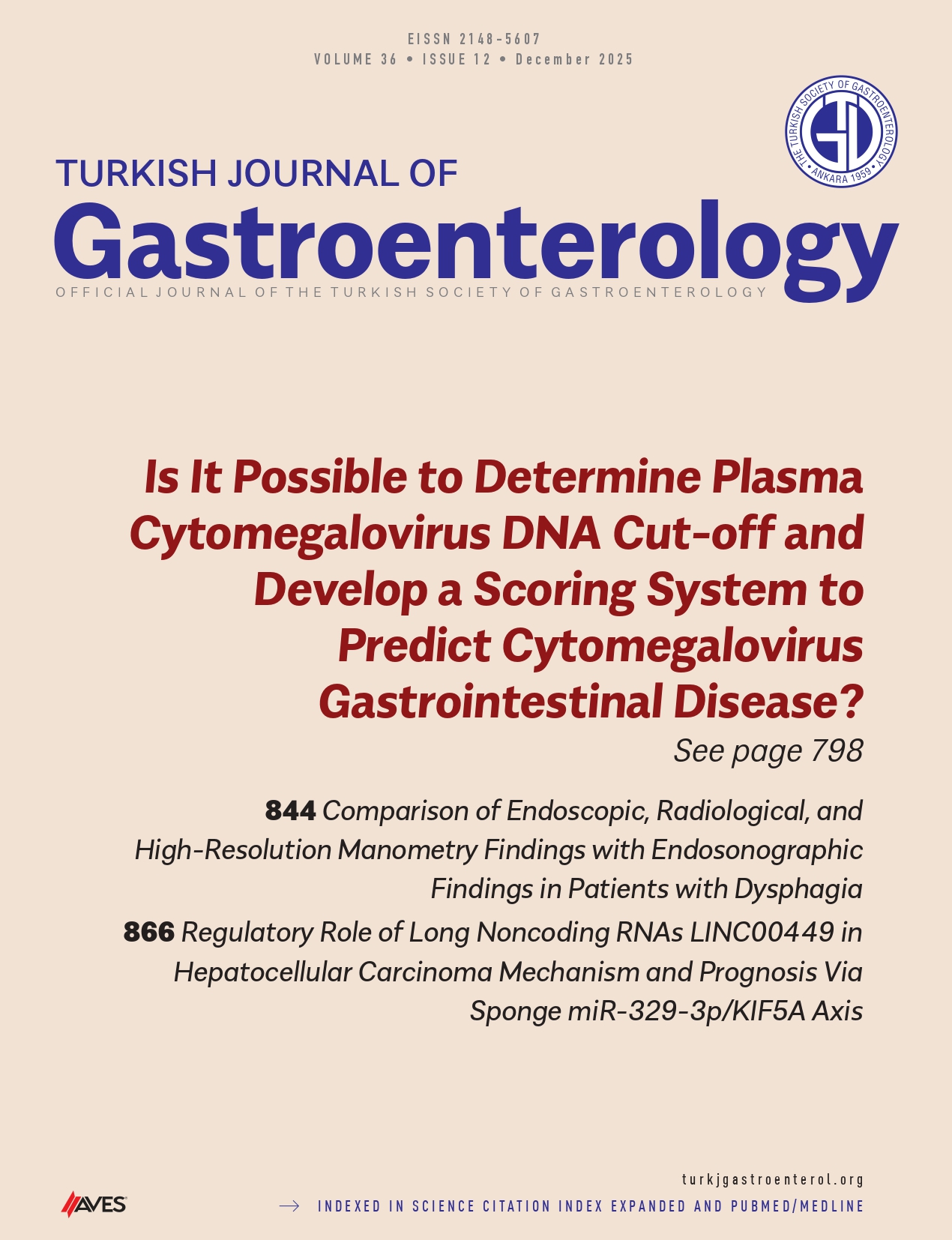Abstract:
Background/Aims: Metabolic dysfunction–associated steatotic liver disease (MASLD) represents a recent update in defining fatty liver disease, emphasizing its strong connection to metabolic factors and reflecting a shift in understanding its causes and progression. The principal aim of this investigation was to scrutinize the conceivable association between the poverty income ratio (PIR) and the incidence of MASLD, specifically focusing on liver fibrosis.
Materials and Methods: In this study, a cross-sectional analysis was carried out utilizing data obtained from the National Health and Nutrition Examination Survey dataset covering the period from 2017 to 2020. To explore the relationship between the PIR and the prevalence of MASLD as well as liver fibrosis, a robust multivariable analytical method was adopted. This approach integrated a wide range of variables, such as sociodemographic characteristics, lifestyle habits, and individual health conditions.
Results: In this study, a comprehensive analysis was conducted using logistic regression models and found a significant decline in the likelihood of MASLD in the highest PIR quartile (Q4) (odds ratio [OR] = 0.634, 95% CI: 0.446-0.903, P = .012) as well as liver fibrosis (OR = 0.682, 95% CI: 0.503-0.925, P = .014).
Conclusion: The findings obtained from this research strongly demonstrate that higher PIR levels are significantly associated with a reduced prevalence of both MASLD and liver fibrosis, suggesting that higher socioeconomic shighertatus, as reflected by higher PIR, may decrease the risk of these conditions. These findings underscore the need for targeted interventions, such as better nutrition education, lifestyle support, and healthcare access to reduce the MASLD burden in low-income populations.
Cite this article as: Guo W, Weng T, Song Y. Association of poverty income ratio with metabolic dysfunction–associated steatotic liver disease and liver fibrosis among US population. Turk J Gastroenterol. 2025;36(8):488-496.




.png)
.png)